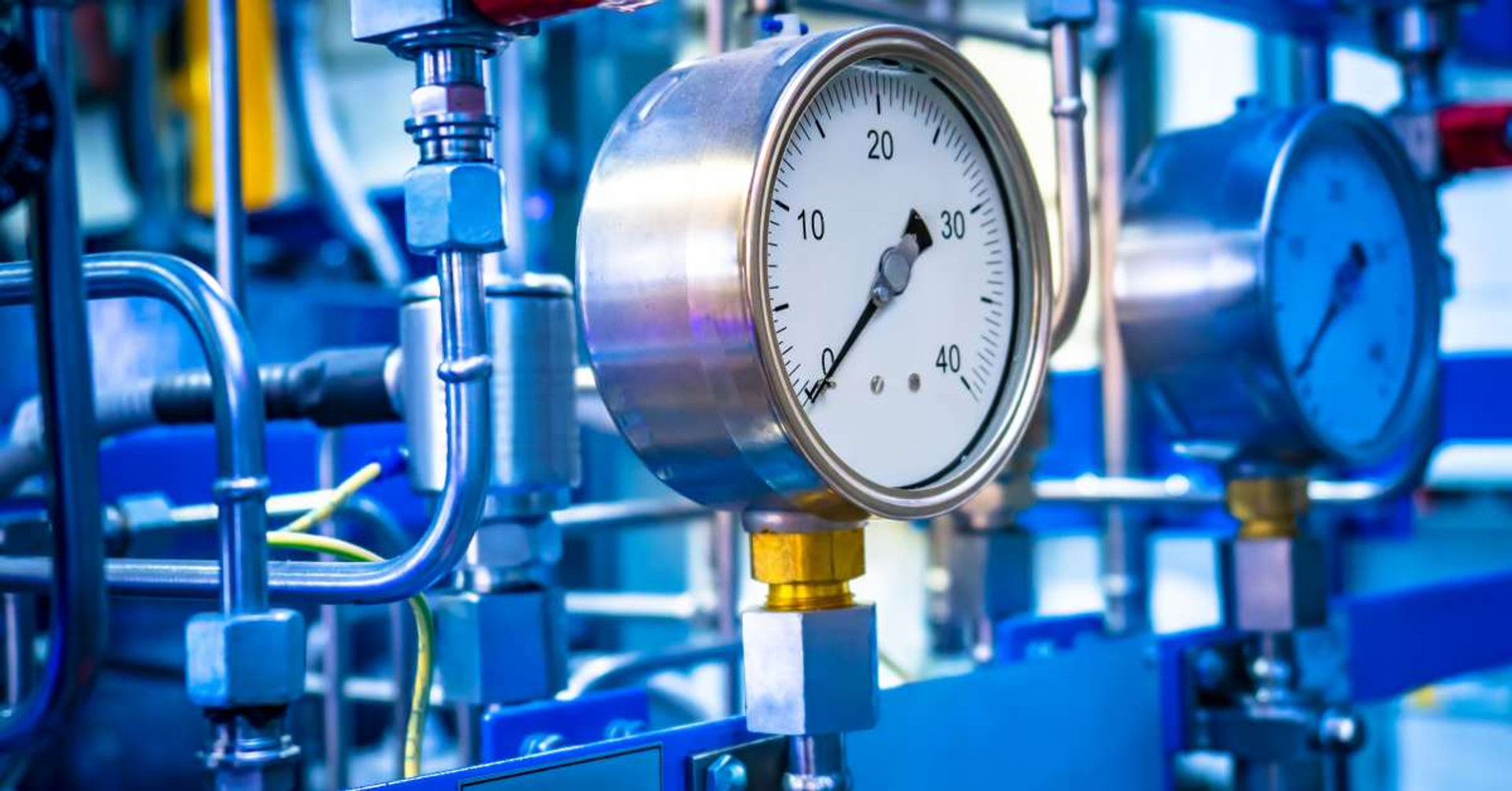4 Signs Your Gas Calibration Has a Faulty Sensor
Precise measurements are critical in industrial settings, laboratories, and other facilities that use specialty gases. When calibrating your gases, the accuracy of your sensors can significantly impact your operations. Identifying when a gas sensor might be faulty can save you time and money while ensuring safety standards are upheld. To make sure everything is running as expected in your facility, review these four key indicators that your gas calibration may have a faulty sensor.
Unexplained Variations in Readings
One of the most noticeable signs of a faulty gas sensor is unexplained variations in readings. If your sensor is producing inconsistent results without any apparent reason, it could be due to a malfunction. This inconsistency could manifest as sudden spikes or drops in the recorded values. Such anomalies disrupt the data accuracy, making it unreliable for analysis or decision-making. Regularly monitoring your specialty gas readings and establishing a baseline can help you quickly spot these variations. If you detect such inconsistencies, it’s crucial to calibrate the sensor immediately to confirm its accuracy or replace it if necessary.
Drifting Baseline Readings
Another common indication of a faulty gas calibration sensor is drifting baseline readings. Over time, sensors can experience a gradual shift in their baseline measurements, even when exposed to a stable environment. This drift can skew the data, leading to incorrect assessments and potentially hazardous conditions. It’s important to routinely check and document your sensor’s baseline readings to identify any slow deviations. If you notice a persistent drift, it might be time to recalibrate the sensor or investigate further for potential faults. Maintaining a stable baseline is essential for the reliability of your specialty gas detection system.
Incorrect Alarms or Lack of Alarms
Gas sensors are often integrated with alarm systems to alert personnel of dangerous gas levels. Faulty sensors can trigger false alarms or, worse, fail to trigger alarms when necessary. False alarms can lead to unnecessary disruptions, while missed alarms can pose serious safety risks. If you experience frequent false alarms or notice that alarms are not activating under known hazardous conditions, it is likely that the sensor is not functioning correctly. Conducting regular tests of your alarm system in conjunction with the sensors can help identify these faults early and ensure the safety mechanisms are dependable.
Corroded or Damaged Sensors
Finally, physical inspection of the sensors can reveal visible signs of corrosion or damage. Sensors exposed to harsh environments can suffer from wear and tear, which affects their performance. Corrosion, cracks, or other physical deformities significantly impair the sensor’s ability to function correctly. Regular visual inspections should be part of your maintenance routine to spot any physical anomalies. If you discover any damage, it’s important to replace the sensor promptly to prevent inaccurate readings and maintain system integrity.

